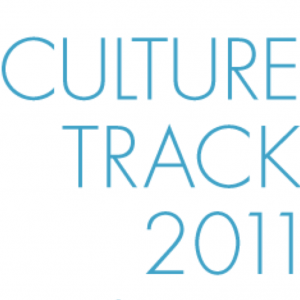 In general , consultants are collegial, but they don’t usually comment on each other’s work. It’s that whole competitive thing. But this exception is worth making because I’m an alumnus of the consulting firm that initiated this research study, respect their work, was involved in the inception of the study in its early iterations—and most importantly because the research is really good.
In general , consultants are collegial, but they don’t usually comment on each other’s work. It’s that whole competitive thing. But this exception is worth making because I’m an alumnus of the consulting firm that initiated this research study, respect their work, was involved in the inception of the study in its early iterations—and most importantly because the research is really good.
I heartily recommend that you spend some time absorbing the findings and implications within Culture Track 2011, a survey of audience segments, behaviors, motivators, and barriers to cultural arts participation across the U.S. Hey, I’ve been around this stuff for a while and even I listened to the presentation of it with full attention.
The original idea, still the guiding force, was to dig deeper than other research studies. In our work we’re exposed to a lot of client, foundation, government, national, and international cultural arts research studies and many times after reading them we’re left wanting to know more about the deeper motivations behind people’s cultural arts attending or visiting behavior.
I’m not going to get into the specifics of the findings, I’ll let you savor that like a good read. But here’s what’s important about the study. It’s national in breadth, so it applies to arts-goers in Iowa City as much as it does to those in LA. It’s statistically projectable to the larger population, so you can pretty much bet that the findings are reliable for your situation. It’s trend-based, in that this is the latest iteration of a study that’s been going on since 2001. And, the data is concise and accessible in that it presents complex information in as verbally and graphically simply ways as one can possibly achieve given the task.
I encourage you to incorporate the findings into your own marketing and communications presentations to bolster your assertions about audiences, segmentation, technology, information access, and decision-making.
UPDATE. 15 minute video of research presentation posted on YouTube.
